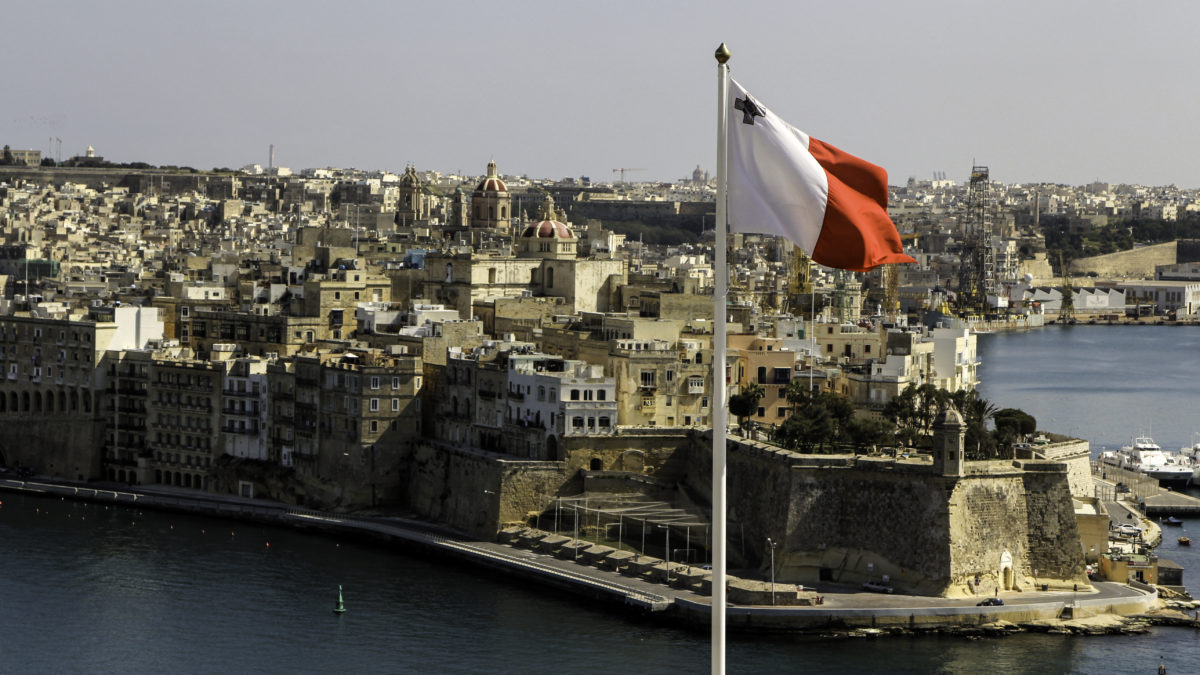Limited availability and high value of land have always been serious issues for solar project developers in Malta. The government, however, has now taken action and has decided to make more land available for MW-sized PV projects in order to reach its 2020 solar target.
The Water Services Corporation (WSC), which is the public entity responsible for the complete drinking and waste water cycle in the Maltese Islands, announced in a press release that it has entered into a strategic partnership with the Malta Developers Association (MDA) to develop rooftop PV projects up to 1 MW on the buildings of its water reservoirs.
WSC and MDA have set up a joint venture to set up the solar facilities. The new unit will be owned 51% by the government through WSA and 49% by MDA, which had the right to appoint his secretary, Michael Stivala, as the chairman of the new company.
WSC said that all the projects will have a capacity of around 1 MW each, and that land over 13,000 square meters has been identified near the municipality of Attard, in the middle of Malta, covering three reservoirs.
Meanwhile, the local newspaper Times of Malta reports that WSC has signed a second agreement to develop similar projects on its reservoirs with Malta Chamber of SMEs (GRTU). The two entities will also create a new unit, named Malta Energy Ltd., which will be responsible for the construction of rooftop PV systems with around 1 MW of capacity. Under the terms of the agreement, WSC will provide the sites for the projects and the GRTU will be issuing a tender for interested developers.
WSC has not specified if all the projects it will develop with MDA and GRTU will have access to any sort of incentive from the local government.
Malta’s Energy and Health Ministry introduced a FIT scheme for PV projects with a power of up to 1 MW in September 2015. In May 2016, REWS announced that the FIT scheme was oversubscribed, and that no more applications were being accepted. FITs were granted by the country’s Regulator for Energy and Water Services (REWS) for a 20-year period. The FIT for rooftop projects up to 40 kW was €0.155 ($0.164) per kWh, while the rate for PV projects ranging in size from 40 kW to 1 MW was €0.150 per kWh.
The FIT scheme replaced the net metering mechanism, which had supported Malta’s first solar development and enabled the installation of residential and commercial PV installations with a combined capacity of 23.4 MW. Net metering was also supported by solar rebates covering 50% of eligible costs up to a maximum of €2,300 per system and €757 per kW. Further support schemes were made available to the agricultural and tourism sectors.
According to Malta’s Minister for Energy and the Conservation of Water Konrad Mizzi, who was present at the signing of the MoU for WSC’s PV projects, Malta has installed 85 MW of PV capacity and invested €33 million in renewable energy incentives to date.
According to the latest official statistics released by Malta’s government, the country had 75 MW of installed PV power at the end of 2015. In 2015, newly installed solar capacity was 19.2 MW, while in 2014 and 2013 new additions totaled 26.4 MW and 12.8 MW, respectively.
The government of Malta aims to install approximately 190 MW of PV capacity by 2020. This would enough to contribute 4.7% out of the 10% national renewable energy target. The government expects that between 38 MW and 48 MW will be installed on domestic, commercial and industrial rooftops between 2016 and 2019 in the country. Furthermore, the government expects that around 7 MW could be installed on public property, around 8.4 MW on disused landfills, 14.6 MW within the airport perimeter, and another 50 MW on brown field sites.
This content is protected by copyright and may not be reused. If you want to cooperate with us and would like to reuse some of our content, please contact: editors@pv-magazine.com.




1 comment
By submitting this form you agree to pv magazine using your data for the purposes of publishing your comment.
Your personal data will only be disclosed or otherwise transmitted to third parties for the purposes of spam filtering or if this is necessary for technical maintenance of the website. Any other transfer to third parties will not take place unless this is justified on the basis of applicable data protection regulations or if pv magazine is legally obliged to do so.
You may revoke this consent at any time with effect for the future, in which case your personal data will be deleted immediately. Otherwise, your data will be deleted if pv magazine has processed your request or the purpose of data storage is fulfilled.
Further information on data privacy can be found in our Data Protection Policy.